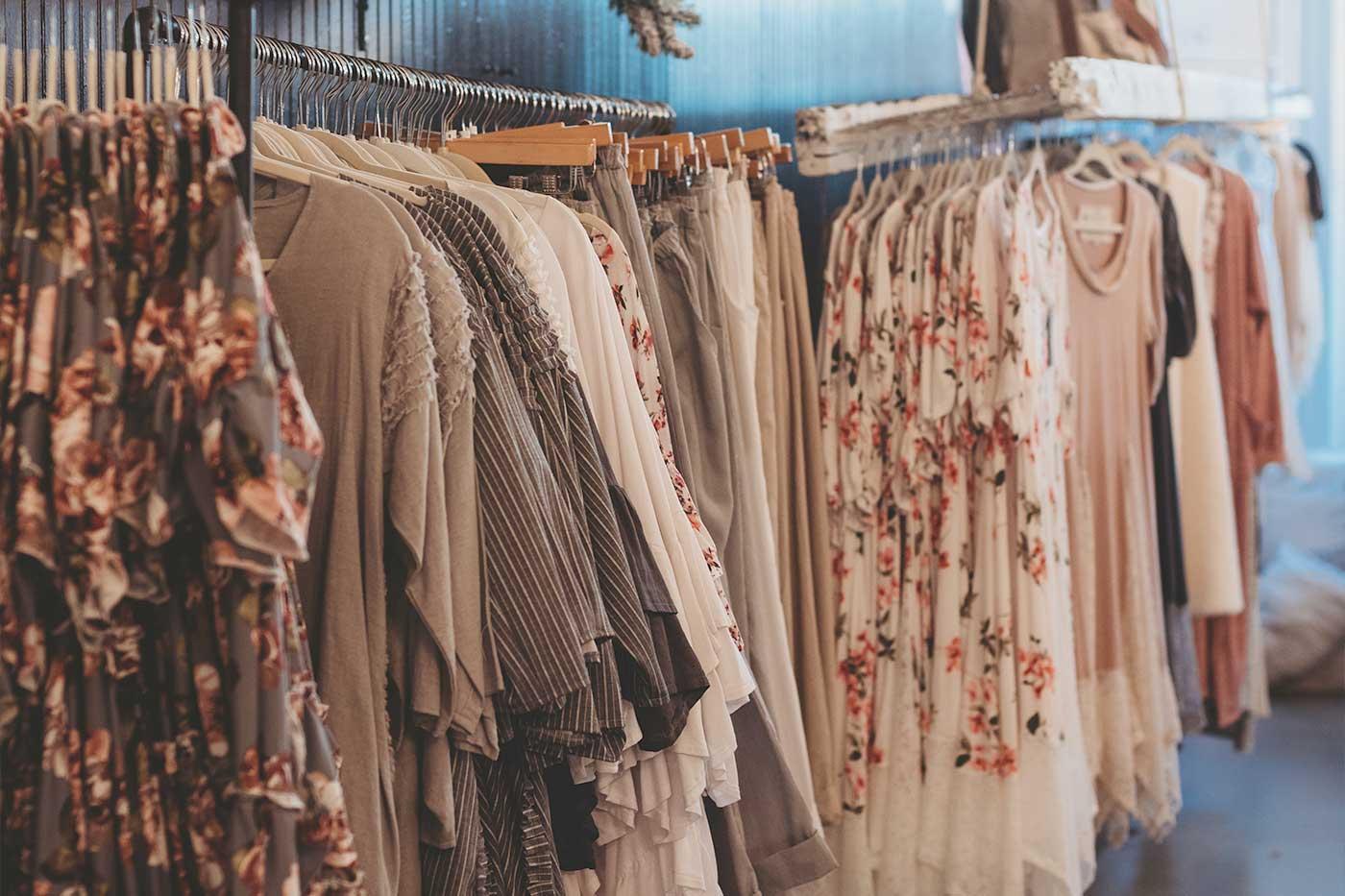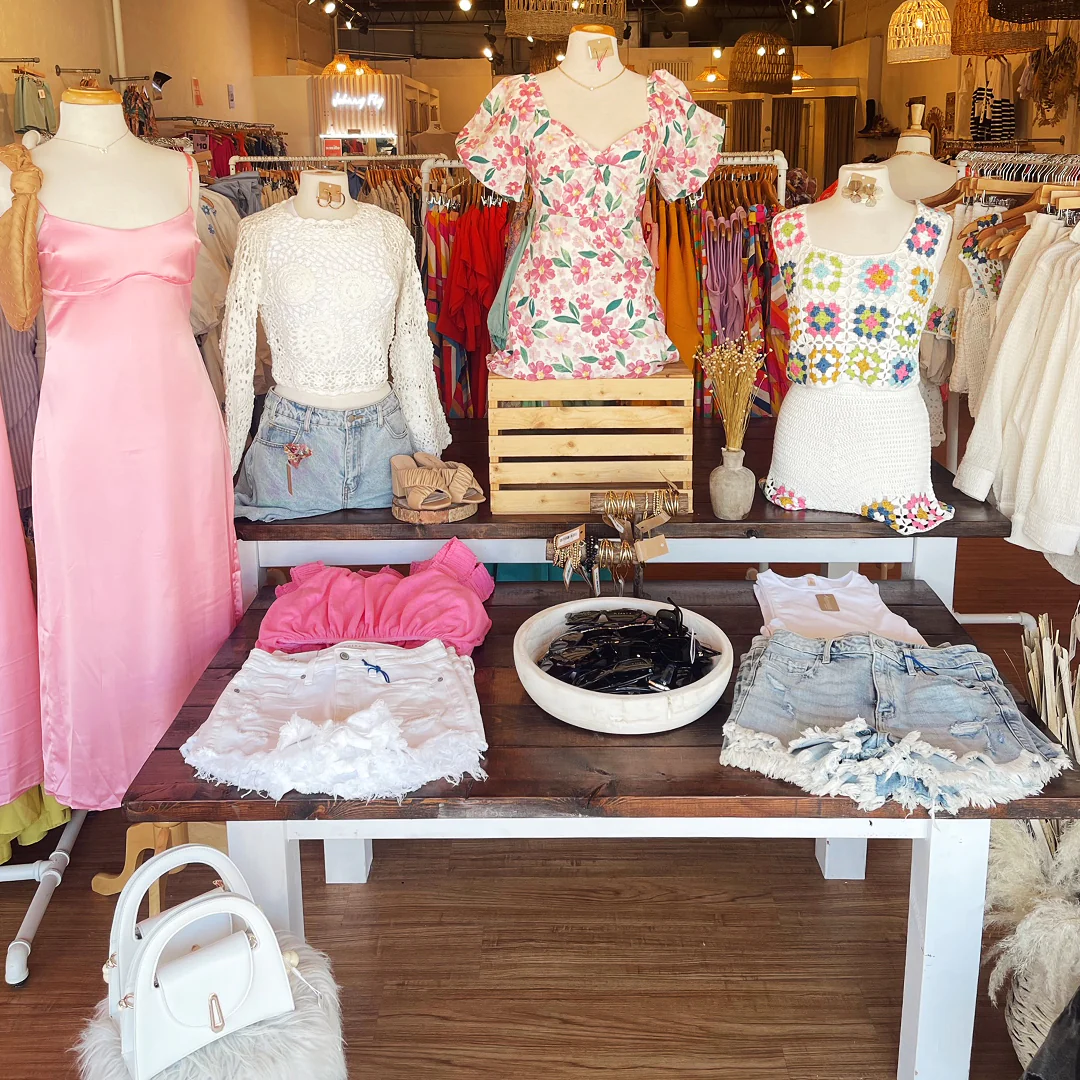Revealing the Tricks Behind Inexpensive Boutique Fashion
Wiki Article
A Deep Study the World of High-Fashion Runways: Comprehending Apparel as Art
Designers, much like skillful musicians, weave detailed stories through textile, form, and shade, challenging conventional standards and redefining appeal requirements. As we check out these sartorial eyeglasses, we must consider: what duty does style play in shaping social values, and how does it mirror the ever-changing tapestry of human emotion and identity?The Development of Runway Shows
The trajectory of path shows has actually transformed considerably over the years, developing from exclusive market occasions to fascinating eyeglasses that mix fashion with art. Commonly, runway programs were intimate affairs, kept in ateliers or small places, mainly participated in by buyers and market insiders. These early discussions focused on the garments' workmanship and commercial feasibility, offering a direct and functional screen of seasonal collections.As the fashion business expanded, the nature of runway shows started to change. The 1970s and 1980s marked a turning factor, with developers looking for to identify themselves through more staged discussions. This era saw the rise of intricate sets, choreographed versions, and thematic stories, heralding a brand-new age where the runway ended up being an experiential system. The shows transformed right into a type of storytelling, where each collection conveyed a distinctive narrative or concept.
In the last few years, technology and social networks have actually better changed path shows, making them easily accessible to a worldwide target market. Livestreaming and digital systems have actually equalized fashion, allowing enthusiasts worldwide to witness these events in real-time (boutique fashion). This evolution reflects a wider social shift, where high-fashion runways act as a dynamic crossway of advancement, performance, and design
Designers as Enthusiast Artists
Just how have designers transcended their functions to become visionary musicians? Developers in the high-fashion industry have obscured the lines in between useful garment development and the conceptual world of art. This transformation appears in the means they approach their collections, not merely as clothing but as profound expressions of identification, society, and feeling. By accepting imaginative self-controls such as sculpture, paint, and avant-garde installments, designers craft garments that test traditional style norms and boost them to art forms.Visionary developers draw ideas from a myriad of resources, including abstract art, historical referrals, and personal narratives. They possess a distinct capability to envision and materialize ideas that press the borders of conventional style, commonly redefining aesthetic paradigms in the procedure. This imaginative resourcefulness is showcased through remarkable shapes, cutting-edge products, and intricate craftsmanship, which invite customers to experience style as greater than just wearable items.
Additionally, the runway functions as a canvas for these musicians, where lights, songs, and established layout coalesce to create immersive experiences. These presentations are not just displays of clothes however are managed performances that evoke emotion and provoke thought, verifying the developer's duty as a real musician in the contemporary cultural landscape.
Cultural Influences in vogue
Cultural tapestry weaves its elaborate patterns into the textile of style, affecting designers worldwide. The dynamic interchange of cultural tales, customs, and symbols notifies and motivates collections that elegance high-fashion runways.The go to the website influence of society on fashion is often seen in the reinterpretation of traditional garments and patterns. As an example, using Japanese bathrobes, Indian saris, or African prints in contemporary style shows a mix of cultural credibility and modern looks. Developers such as Valentino's Pierpaolo Piccioli and Alexander McQueen's Sarah Burton have been recognized to integrate abundant cultural themes right into their couture collections, equating background into wearable art.

Advancement in Material and Style
Advancement in fabric and style regularly reshapes the landscape of high-fashion, pushing boundaries and redefining opportunities. In the last few years, technical innovations have actually considerably added to this evolution, presenting products that test conventional perceptions. Textiles ingrained with wise fibers, qualified of transforming shade or controling temperature, are no longer confined to the realm of sci-fi. Developers are increasingly discovering the assimilation of innovation, such as 3D printing, which enables for the development of complex frameworks that were formerly unimaginable.The style industry is seeing a rise in the use of eco-friendly products, acquired from recycled plastics, organic fibers, and also eco-friendly components. Designers are embracing why not try these out these products to craft garments that are both visually striking and conscious of their eco-friendly footprint.
In regards to layout, avant-garde shapes and experimental types are continuously revolutionizing the runway. By including non-traditional products and sophisticated techniques, designers grow garments that obscure the line in between fashion and art, setting new criteria for creativity and expression in the high-fashion sphere.
Impact of Fashion on Society
Fashion wields a profound influence on culture, acting as both a reflection of social identification and a driver for social change. Via its advancement, style has actually mirrored societal shifts, encapsulating the zeitgeist of numerous eras. The flapper dresses of the 1920s personified a newly found sense of females's freedom, while the bold prints of the 1960s echoed the revolutionary spirit of the time. High-fashion paths, specifically, serve as platforms for tough norms and redefining appeal standards. Developers use these venues to address pushing social problems, from sustainability to variety, consequently forming public discourse.Moreover, style has the power to bridge cultural spaces, fostering understanding and recognition among diverse groups. As globalisation speeds up, the cross-cultural exchange of style concepts ends up being increasingly considerable, advertising inclusivity and diversity. The rise of streetwear, stemming from city subcultures, shows exactly how style can transcend socio-economic borders, giving individuals a method of self-expression and empowerment.
Fundamentally, style is not simply concerning looks; it is a dynamic pressure that influences worths, mindsets, and social development (boutique fashion). By continually engaging with cultural and social currents, style continues to be an integral component of the collective human experience

Final Thought
High-fashion paths serve as vibrant fields where clothing transcends functionality to come to be an expressive art form. Designers, similar to visionary artists, orchestrate collections that show identity, feeling, and cultural stories, challenging standard looks. The combination of innovative fabric and layout, coupled with sophisticated collection styles, illumination, and music, produces immersive experiences that commemorate cultural variety. This crossway of style and virtuosity not only mesmerizes target markets around the world however also affects social understandings and promotes a much deeper recognition for cultural diversity.
Cultural tapestry weaves its intricate patterns useful reference into the material of fashion, affecting developers internationally.Style wields a profound influence on society, offering as both a reflection of cultural identification and a driver for social modification.
Report this wiki page